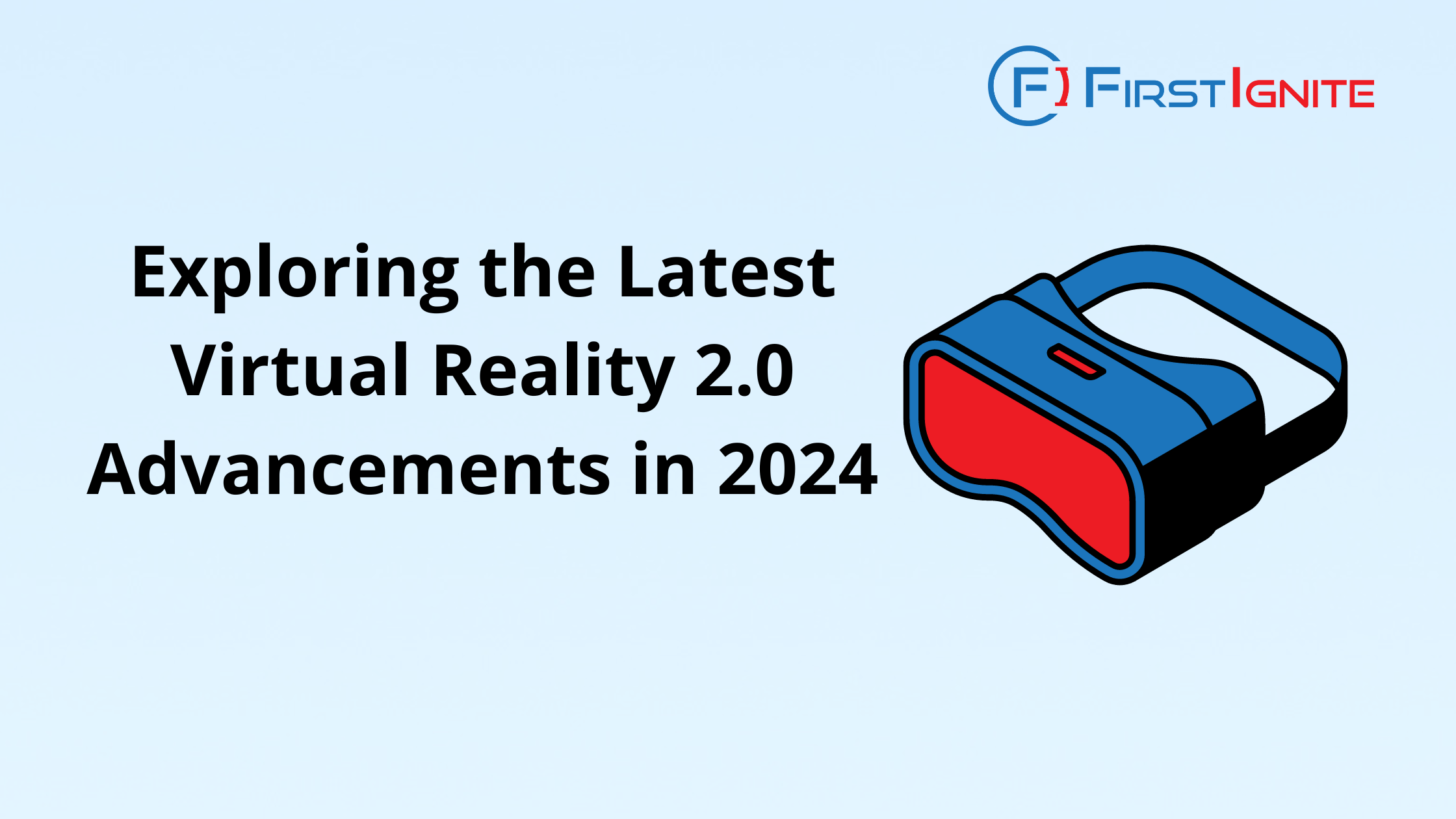
Introduction to Virtual Reality (VR) Technology
Virtual Reality (VR) has been a topic of fascination for decades, capturing the imagination of tech enthusiasts, researchers, and the general public alike. As an immersive technology that transports users into digital environments, VR has the power to revolutionize the way we interact with and experience the world around us. In this article, we’ll delve into the latest advancements in VR 2.0, exploring the innovations that are shaping the future of this transformative technology.
Evolution of Virtual Reality – From VR 1.0 to VR 2.0
Virtual Reality has continuously evolved, with each iteration building on past successes and lessons. VR 1.0, which gained attention in the early 2010s, laid the groundwork for immersive experiences but faced technical limitations, high costs, and limited adoption. Recently, VR 2.0 has emerged, overcoming these challenges with enhanced visual fidelity, improved tracking, and intuitive user interfaces, promising to revolutionize various industries.
The Role of Artificial Intelligence (AI) in VR 2.0
The advancements in VR 2.0 are driven by the integration of Artificial Intelligence (AI) technology, which enhances object recognition, scene understanding, and enables natural, responsive interactions within virtual environments. AI-powered algorithms analyze user behavior, anticipate needs, and adapt the VR experience for greater personalization. This has led to more intuitive, engaging, and immersive experiences, with dynamic, lifelike scenarios and seamless integration of digital assets and virtual characters.
Innovations in Virtual Reality in 2024
In 2024, Virtual Reality is undergoing exciting transformations. Advancements in haptic feedback and sensory integration now allow users to feel textures, weights, and resistance, enhancing immersion with added sensory inputs like smell and temperature. Untethered and wireless VR provides greater freedom of movement, while holographic and volumetric displays offer true 3D objects and environments. Enhanced social and collaborative experiences enable better multi-user interactions, avatar customization, and communication tools. The seamless integration with Augmented Reality creates a continuum of mixed reality experiences, facilitating virtual prototyping, remote collaboration, and enhanced data visualization.
University Advancements in VR 2.0
Leading universities globally are driving VR 2.0 research and development, shaping the future of this transformative technology through advanced labs, innovative curricula, and student projects. Stanford University’s Virtual Human Interaction Lab (VHIL) focuses on the psychological and behavioral effects of VR, developing cutting-edge applications for education, communication, and empathy training. Similarly, the University of Illinois at Urbana-Champaign’s Virtual Reality Laboratory focuses on enhancing human-computer interaction and creating immersive VR applications for various fields, including education and healthcare.
Applications of VR 2.0 in Various Industries
Advancements in VR 2.0 are transforming various industries. In entertainment and gaming, VR 2.0 offers immersive experiences with AI and advanced graphics. Education and training benefit from hands-on, experiential learning in safe virtual environments. Healthcare sees improvements in virtual surgery simulations and immersive therapy. Architecture and design professionals use VR for efficient project visualization and collaboration. Retail and e-commerce experience enhanced product visualization and personalized virtual shopping experiences.
Conclusion: The Promising Future of VR 2.0
As we’ve explored throughout this article, the advancements in Virtual Reality 2.0 are poised to reshape the way we interact with and experience the digital world. From the integration of AI and haptic feedback to the seamless integration of AR and the exploration of holographic displays, the future of VR is brimming with possibilities.




